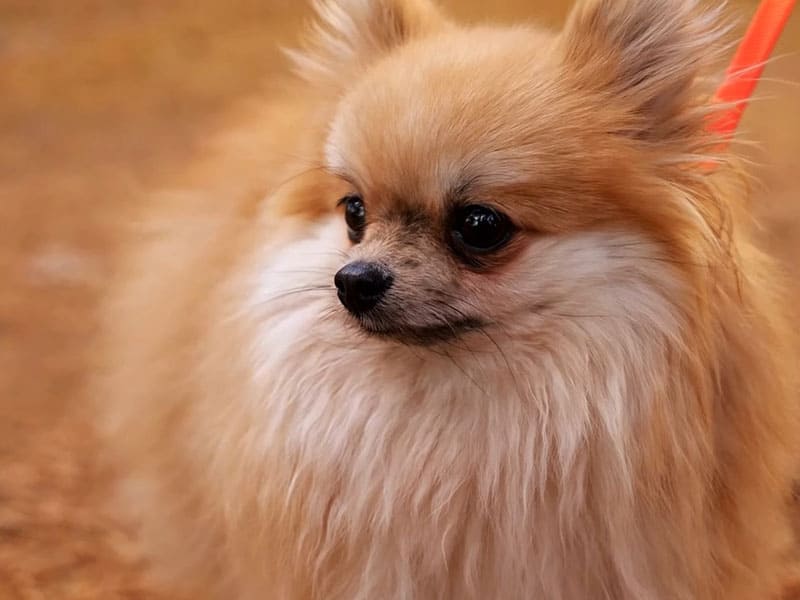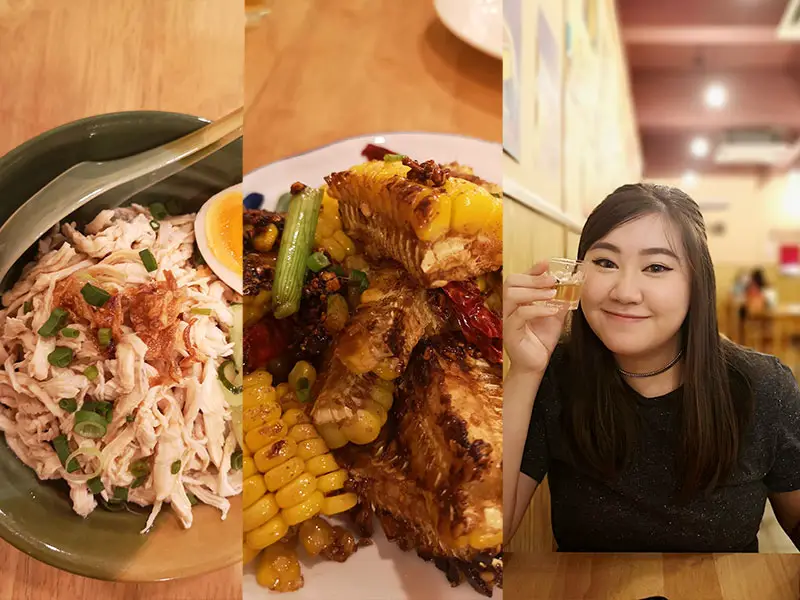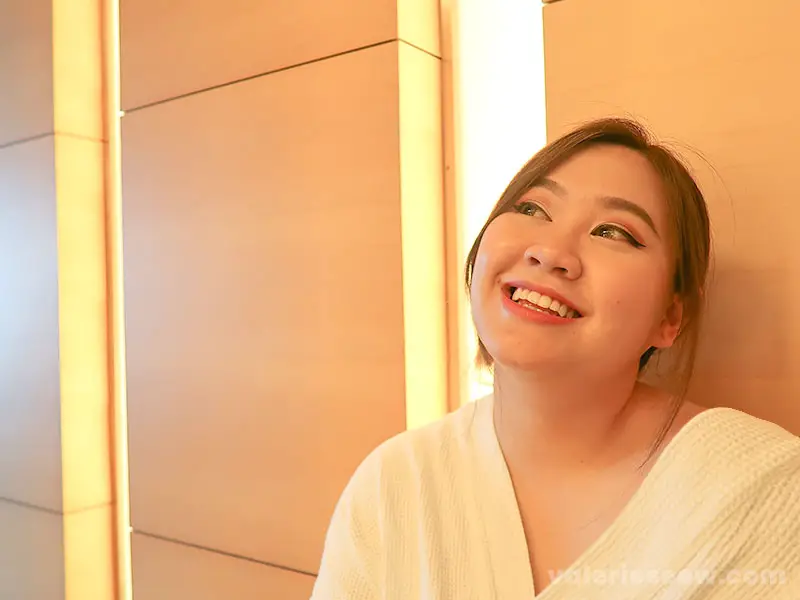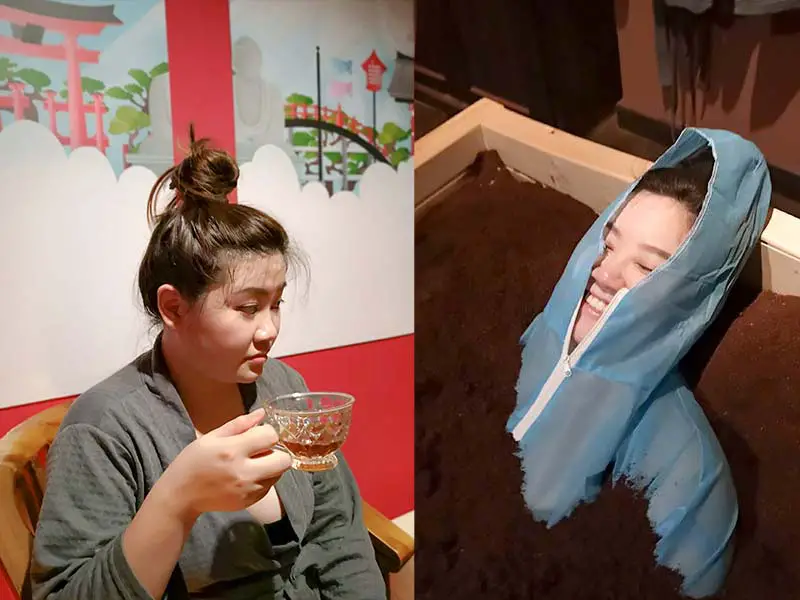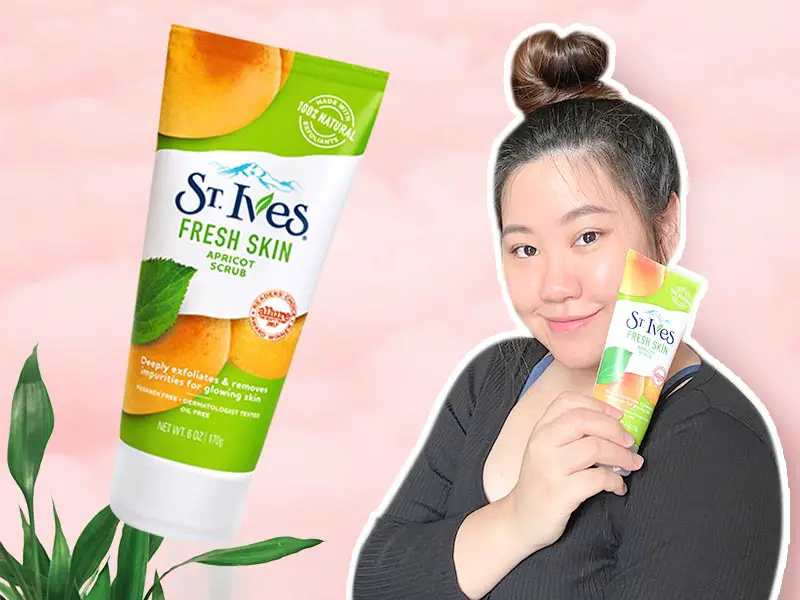Pomeranian puppies are cute with their thick fur that makes them a lovely companion to cuddle with. While we have that luxury to enjoy, it’s also part of our natural preference to pick the fur color that we want. However, Pomeranians are not like other dogs. Do Pomeranian puppies change color as they grow? You’ll want to know the tips that I’m about to share here!
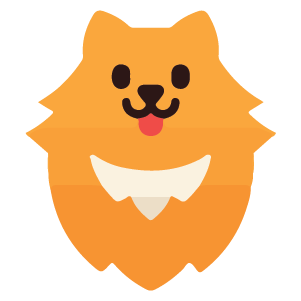
Table of Content
- Do Pomeranian puppies’ coat colors change as they grow?
- What age do Pomeranian puppies’ coat colors stabilize?
- Are color changes common in Pomeranian puppies?
- How do genetics influence Pomeranian puppy coat colors?
- Can Pomeranian puppies’ color change due to health or diet?
- Pomeranian coat color development stages
- How to predict Pomeranian puppy coat colors
Do Pomeranian puppies' coat colors change as they grow?
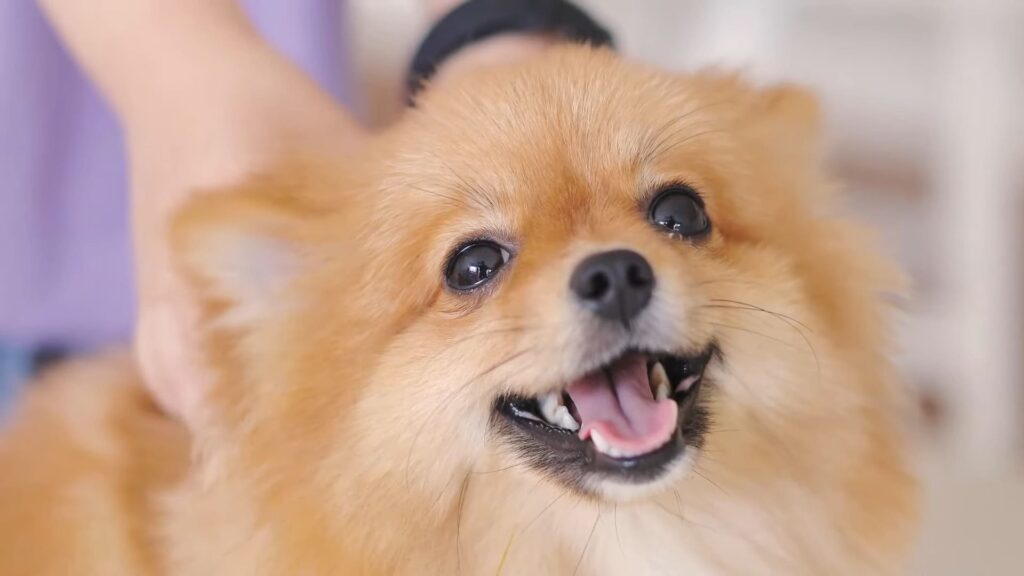
Yes, Pomeranian puppies change color as they mature. It’s one of the fascinating aspects of this toy dog breed that magnetizes dog lovers worldwide. The breathtaking transformation that a Pomeranian’s coat color undergoes is largely due to the complexities of Pomeranian genetics.
The delightful array of colors we come across in mature Poms isn’t usually what we see in puppies. When it comes to Pomeranian puppy development, their initial coat color at puppyhood can drastically change as they grow older.

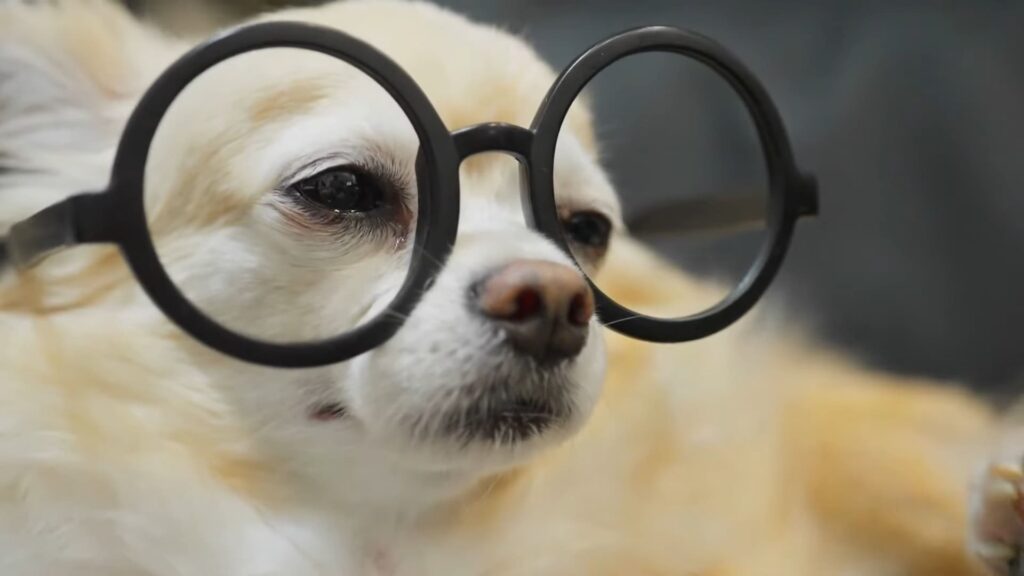
A Pomeranian’s double coat, cute in its fluffiness, can exhibit dog breed color variations that range from white to black, brown to orange, or even a blend of colors. As a pet parent, it’s important to understand that these puppy coat changes are normal and a part of your companion’s growth process.

This transformation in color isn’t an indication of poor puppy health and coat color. Instead, it stems from dynamic canine coat genetics that shape the intriguing coat color evolution.
However, while you marvel at the changing colors, remember that Pomeranian puppy care goes beyond enjoying the coat’s delightful hues. Regardless of your puppy’s transforming coat color, they still require love, typical dog grooming, good nutrition, regular check-ups, and plenty of bonding time with their favorite human – you! As an owner, being well-versed in these matters can help immensely.

What age do Pomeranian puppies' coat colors stabilize?
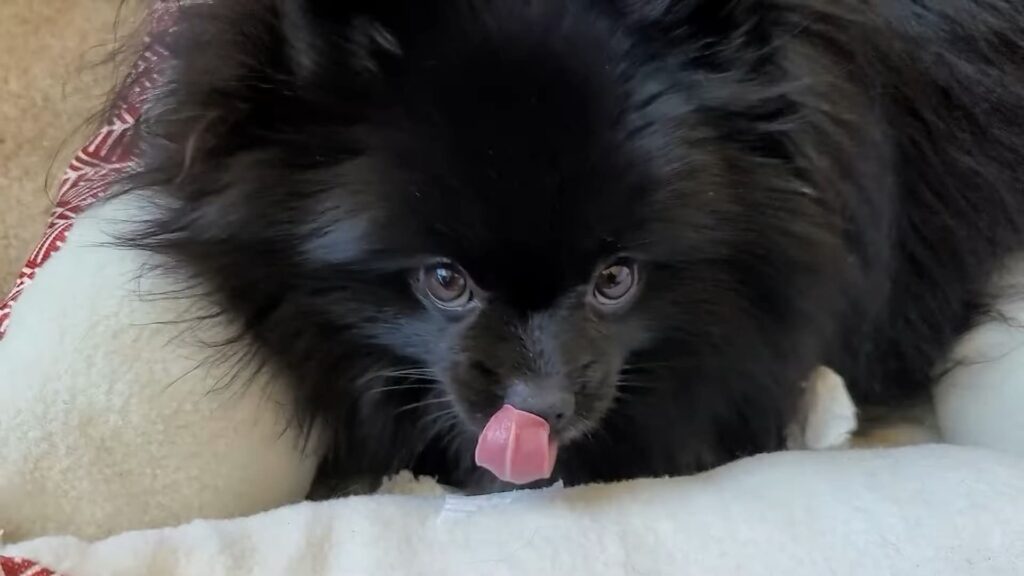
Moving forward in our intriguing coverage of Pomeranian puppies changing color, let’s dive into the predominant query: What age do Pomeranian puppies’ coat colors stabilize? A key highlight of Pomeranian puppy development, this color stabilization is largely guided by Pomeranian genetics.

As I’ve found from experience, puppy coat changes in Pomeranians typically settle down at around 12 to 18 months. That’s when the fluffy puppy fur makes way for the adult Pomeranian coat. Don’t let this transition worry you – it’s part of dog breed color variations and is perfectly normal!
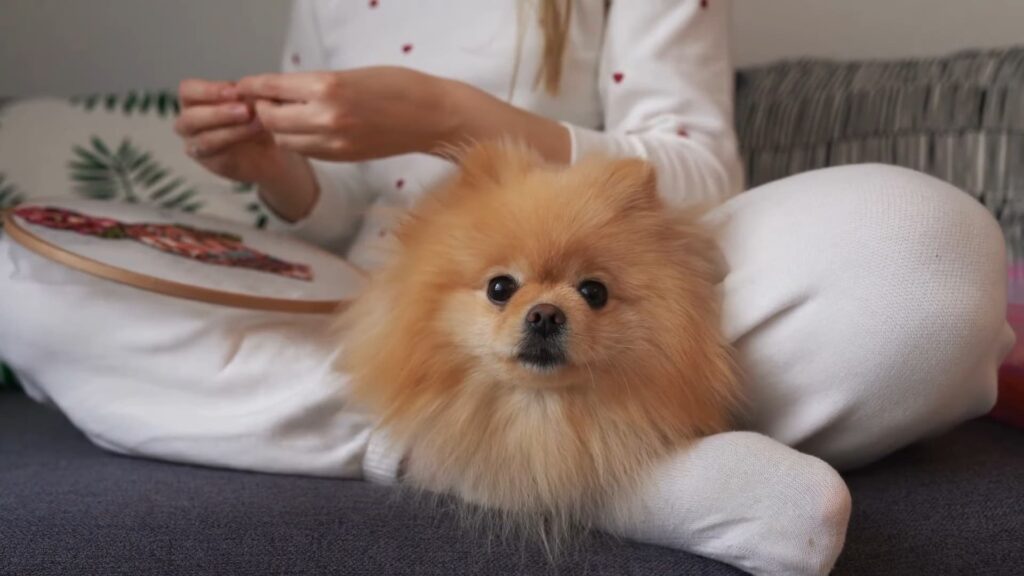
Unsurprisingly, the toy dog coat colors, especially in Pomeranians, are unpredictable until this period. Think of it as nature’s artistry, with canine coat genetics being the skilled artist!
The coat color evolution won’t have any impact on a pupper’s health. So, there’s no need to fret about puppy health and coat color shifts. It’s also worth noting that steady, good nutrition and regular grooming play a vital role in maintaining a healthy, shiny coat as the puppy grows.

Are color changes common in Pomeranian puppies?
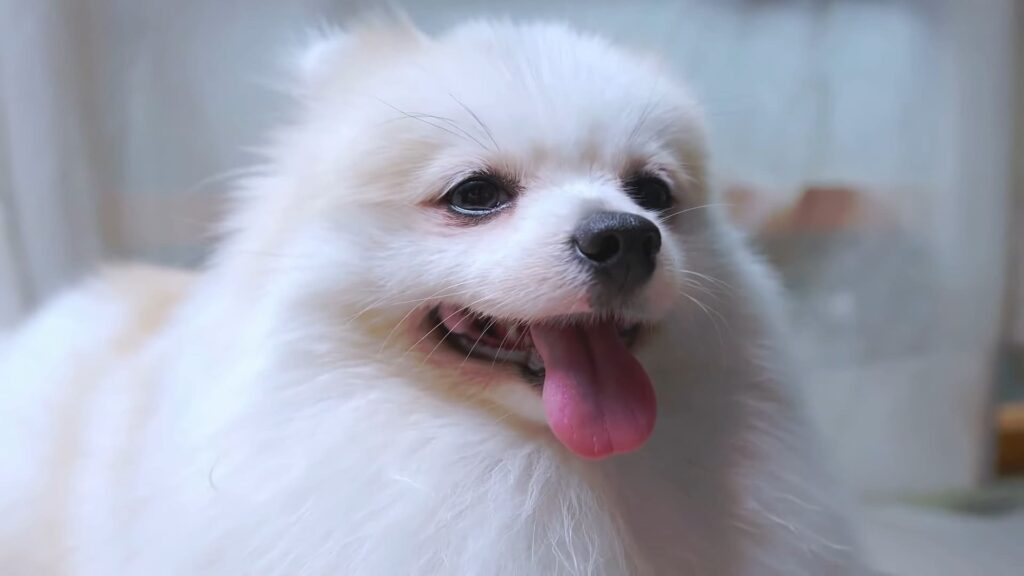
If you’re wondering, do Pomeranian puppies change color? Let me assure you, it’s a common occurrence and part of a typical Pomeranian puppy development. The initial coat color of Pomeranian puppies might be an adorable surprise for owners, but hold your breath – these colors are subject to change.
One of the delightful quirks about Pomeranian genetics is the suspense they bring with their coat. The puppy fur or the initial fluff that covers your puppy is not necessarily indicative of their adult coat color. From sable to cream, black to blue, there’s a wide array of Pomeranian coat colors available, thanks to the fascinating canine coat genetics.

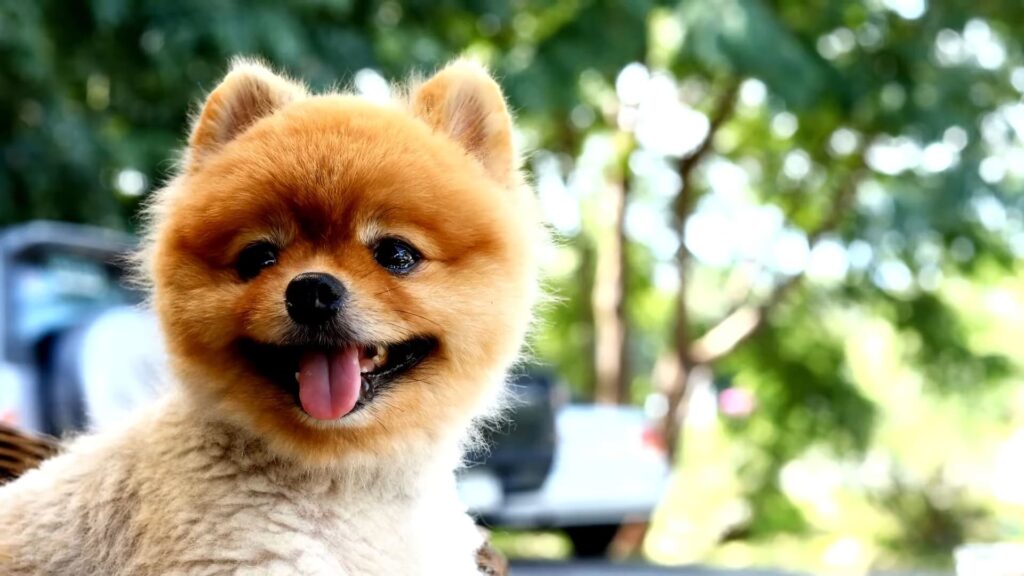
Speaking of Pomeranian puppies and color changes, part of this phenomenon is due to the coat color evolution. As Pomeranians shift from their cute puppy fur to a more majestic adult coat, their color evolves. This progression usually takes place when the pup is between 12-18 months old. So, don’t get too attached to your puppy’s current color as it’s likely to change!
However, it’s critical to know that these color mutations do not impact puppy health and coat color. The well-being of your Pomeranian puppy relies on essential factors like nutrition, exercise, and grooming.
As for me, I see these unpredictable dog breed color variations among toy dog coat colors as art in itself, a delightful treat from nature. It just adds to the overall charm of owning these fluffy, adorable companions. After all, life with Pomeranians is more fun with a dash of color surprises, isn’t it?
Maintaining your Pomeranian’s coat requires regular grooming and a proper diet – ensuring your pup’s coat is as healthy as it can be, regardless of its color. Pomeranian puppy care doesn’t stop at their adorable faces; it extends to keeping their changing coats in top shape.

How do genetics influence Pomeranian puppy coat colors?
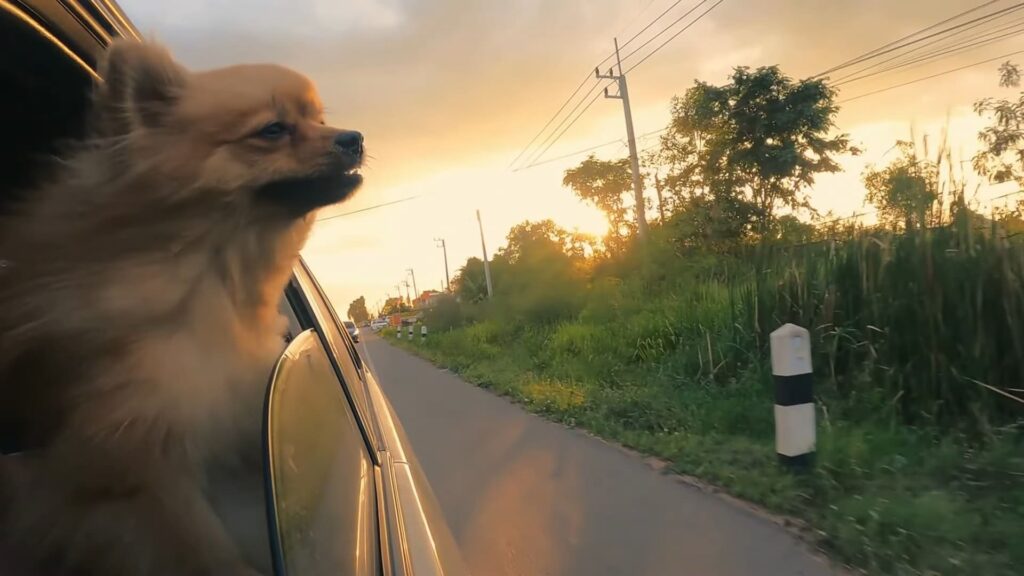
While it’s well-documented that Pomeranian puppies change color as they age, the specifics of how and why this happens is deeply rooted in Pomeranian genetics. As someone who’s been studying and writing about this unique dog breed’s color variations for years, diving into canine coat genetics is always fascinating.
During Pomeranian puppy development, their coat color is significantly influenced by two critical factors – the underlying genetics and the variable expressivity. The genetics explain the array of potential coat colors a Pomeranian can have, while variable expressivity shows that the same gene can result in different coat colors in different dogs.

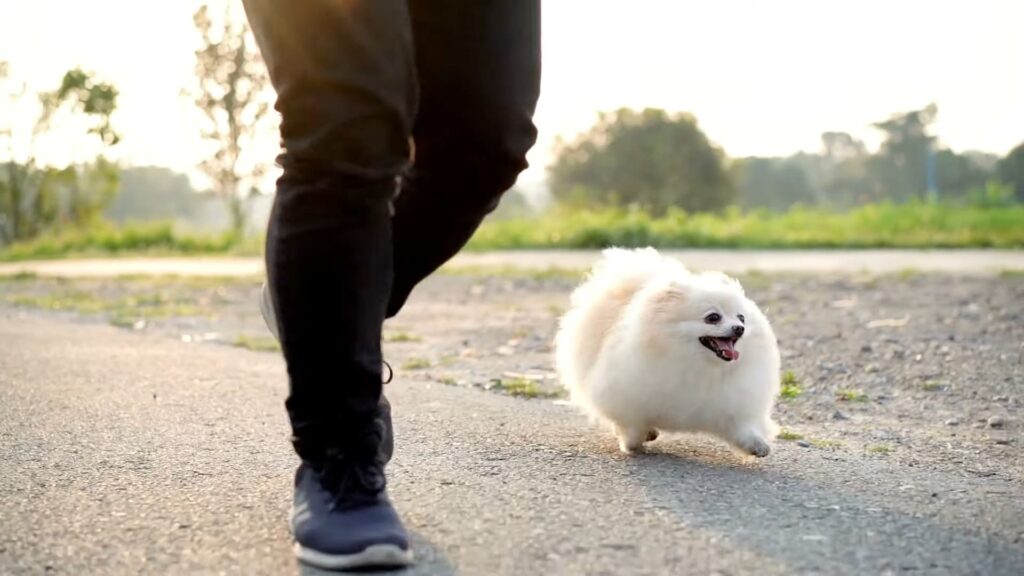
Let’s employ an example to simplify this. Imagining Pomeranian genetics as a vast art palette, the genes are the different colors. The combination and dominance of these genes are what creates each Pomeranian’s unique coat color. The genes do not change, but the way they present (express) can change over time, leading to the coat color evolution typically observed in Pomeranians between 12-18 months of age.
Remember, puppy health and coat color are not correlated. A change in coat color doesn’t indicate a change in health. What matters most is good nutrition, regular exercise, and frequent grooming. Aside from healthcare, these also ensure your pup’s coat remains vibrant and healthy through all its transformation stages.
Lastly, correct Pomeranian puppy care combined with understanding and patience for this natural toy dog coat colors transition, will indeed give you the most rewarding Pomeranian ownership experience.

Can Pomeranian puppies' color change due to health or diet?
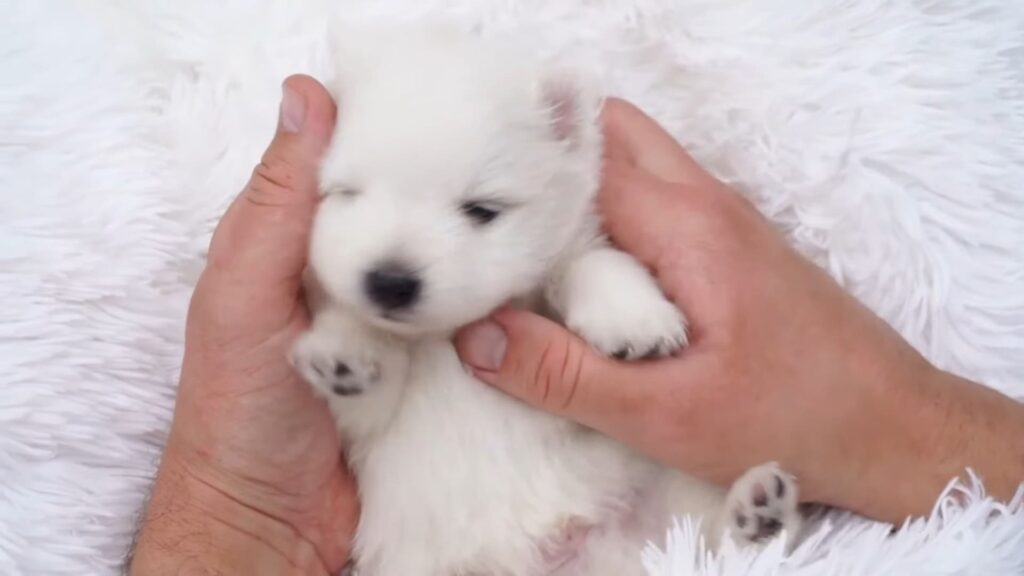
Let’s dive into Pomeranian puppies’ change in color in relation to their health or diet. This is a crucial aspect of Pomeranian puppy development often queried by potential and already dedicated owners.
Many owners worry about coat color alterations as they might think it’s indicative of an underlying health issue or dietary insufficiency. But let’s be clear, variations in Pomeranian coat color are primarily influenced by genetics, not health status or diet.
However, I’d like to point out that a drastic change in the quality or color of the coat could potentially signal a health issue, like a skin infection or hormonal imbalance. It’s paramount then, that your adorable ball of fur undergoes periodic vet checks. In contrast, diet plays a notable role in maintaining a healthy and vibrant coat. The right nutrition can prevent dull, dry, or unhealthy hair, but it’s unlikely to bring about a drastic color change.
It’s also worth noting, Pomeranians aren’t an exception when it comes to dog breed color variations as a result of genetics. Much like in other breeds, canine coat genetics play a significant role in the coat color evolution of these toy dogs.
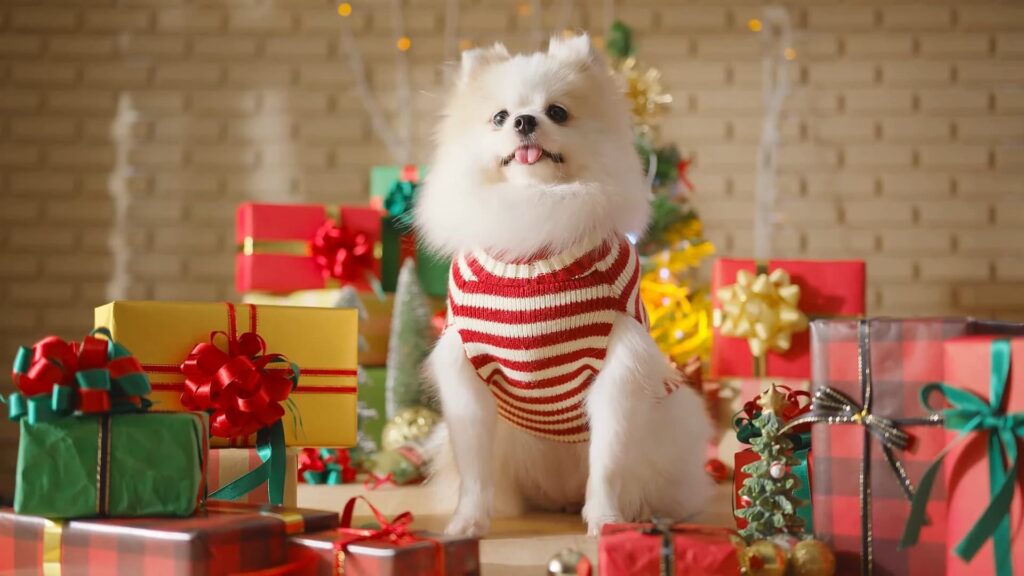
As Pomeranian owners, embracing and understanding their coat changes which are largely dictated by genes can enrich the journey of Pomeranian puppy care. Knowing the impacts of health and diet can bring more light to any concerns you might have about your puppy’s coat. This underlines the importance of educating oneself about the unavoidable changes in toy dog coat colors during the Pomeranian’s lifetime.
Pomeranian coat color development stages
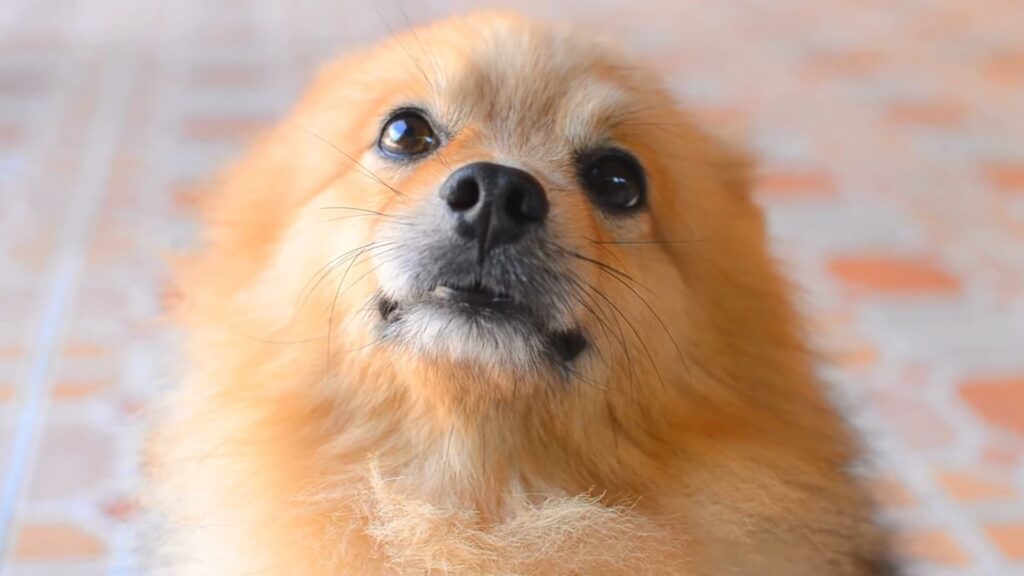
When Pomeranian puppies change color, it’s essential to understand that this process follows specific development stages. Breeders and aficionados refer to these stages as the ‘Pomeranian puppy development path.’ Understanding this development can shed light on the intriguing world of Pomeranian genetics and the intricate dance of genes that results in the vibrant array of Pomeranian coat colors.
In the initial few weeks, it’s challenging to predict the adult coat’s final hue. Pups might start with a darker shade, which often clears up to reveal the mature color as they advance in age. The unique aspect is that no two Pomeranians are truly alike when it comes to the coat color evolution, making each pup a singular masterpiece of nature.
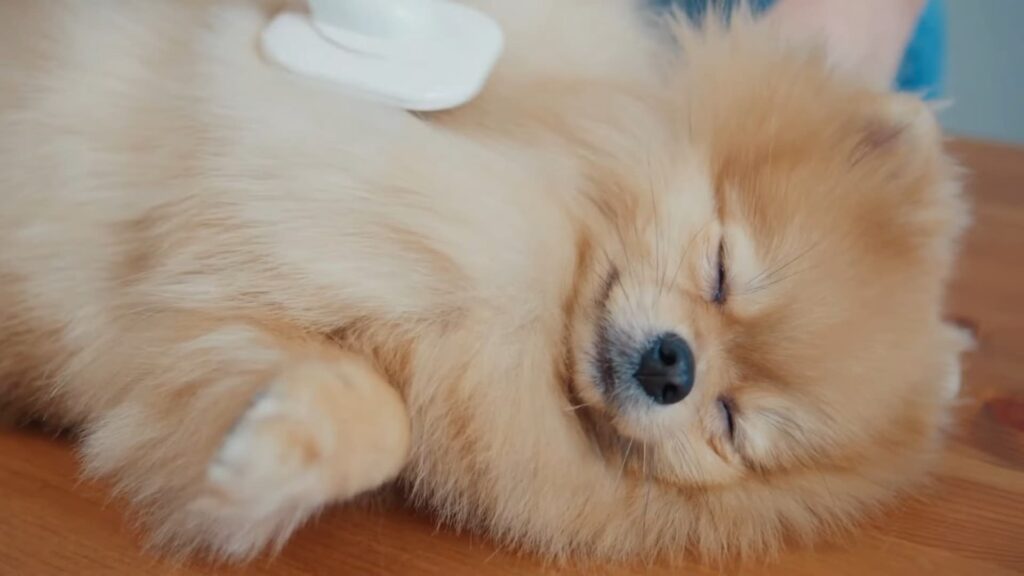
The enchanting play of canine coat genetics extends beyond hues and shades – Pomeranian pups can sport a mix of colors on their flamboyant furry coats. Observing dog breed color variations in Pomeranians can be absolutely fascinating, with combinations ranging from solid, parti-color, tri-color, to even brindle.
The comprehensive understanding of the toy dog coat colors in Pomeranians can be intricate. It can certainly raise questions about factors such as puppy health and coat color. Keep in mind that while drastic changes can signify health issues, regular variations are typically a celebration of the rich gene pool of this adorable breed.
In the end, being aware of the Pomeranian puppy care essentials, coupled with the understanding of their coat color dynamics, can certainly prepare you for a fulfilling journey of raising these little furballs. It’s about cherishing the transformation right before your eyes – a fluffy pup maturing into a regal Pomeranian with a coat color that is nothing short of spectacular. That is the underpinning beauty of these tiny pooches and their captivating coat color evolution.
Uncompromising vigilance in monitoring any abrupt coat changes and regular vet checks can help ensure that the color transitions tie back purely to genetics. It’s all about embracing the gentle waves of color changes as your pup blossoms.
How to predict Pomeranian puppy coat colors
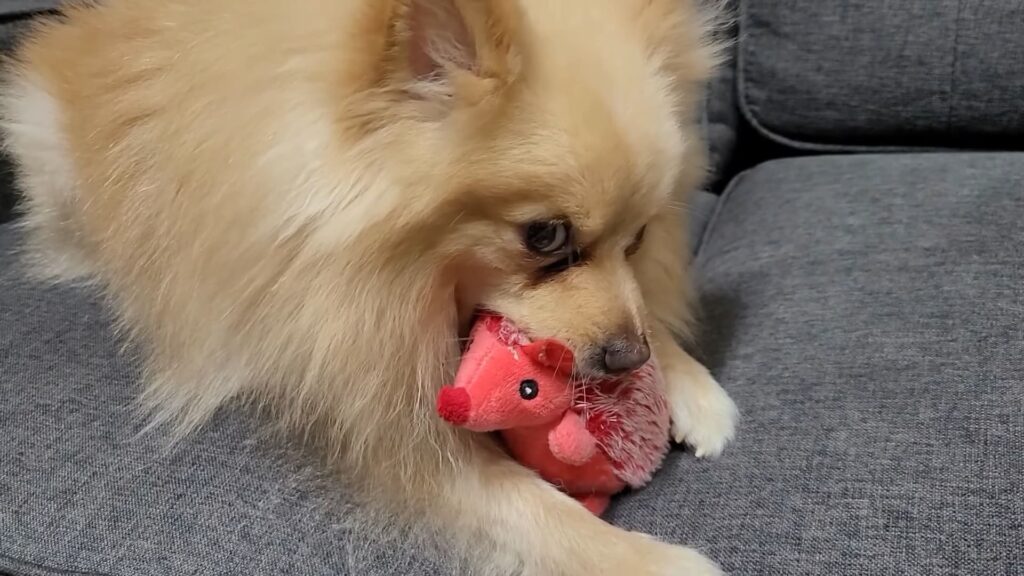
Navigating the labyrinth of Pomeranian genetics can seem daunting at first, but there’s method to the colorful madness. It’s all about understanding why Pomeranian puppies change color. Let’s delve into this intriguing aspect of Pomeranian puppy development.
First off, a dam and sire’s coat colors don’t necessarily predict the coat colors of their offspring. Pomeranian genetics is complicated, owing to the presence of several modifying genes that can alter the expression of the primary color genes. You’re dealing with a palette of dog breed color variations!
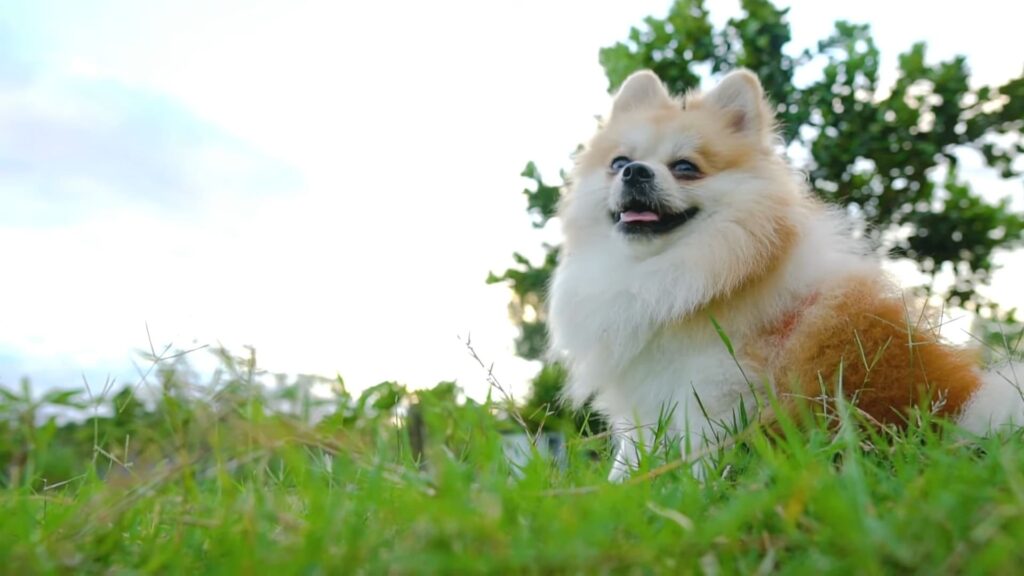
But here’s a handy trick. Look at the hue around a Pomeranian puppy’s ears. It’s the best forecast of their adult coat color. Though it’s not a foolproof method, it’s a reliable guide for Pomeranian coat color predictions.
This focus on the puppy coat changes isn’t just about aesthetics. It’s a matter of puppy health and coat color too. Drastic or unexpected color transformations could point to health issues. Such changes could step beyond the boundaries of typical coat color evolution. Regular vet checkups and a proper Pomeranian puppy care regime can help to ensure that your Pomeranian’s color transition is all about their unique genetic dance.
By understanding this intricate aspect of canine coat genetics, you can appreciate the spectacle of your toy dog coat colors transforming. It’s a joyous journey of color that unfolds as your Pomeranian pup matures into adulthood.
The Author

Valerie Seow, Lifestyle Blogger
Valerie Seow is a lifestyle blogger in Malaysia, sharing awesome findings and products that makes life sweeter. Get some great recommendations from that will improve your lifestyle!
Co-author
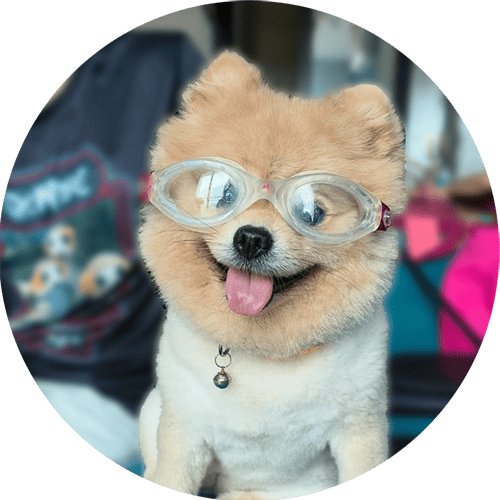
Zoey, Pomeranian
Zoey is a pomeranian dog. A comfort dog that comes to you when you’re sad and cheer things up. She’s charismatic and is natural to be in the spotlight.

